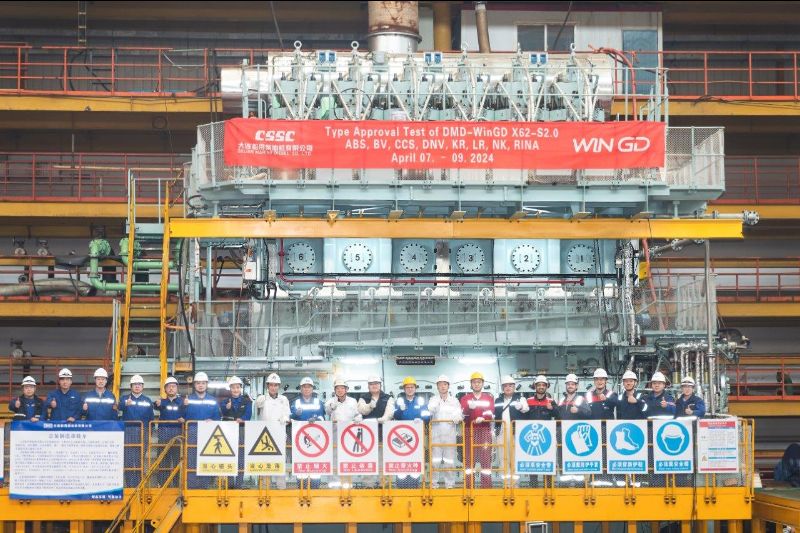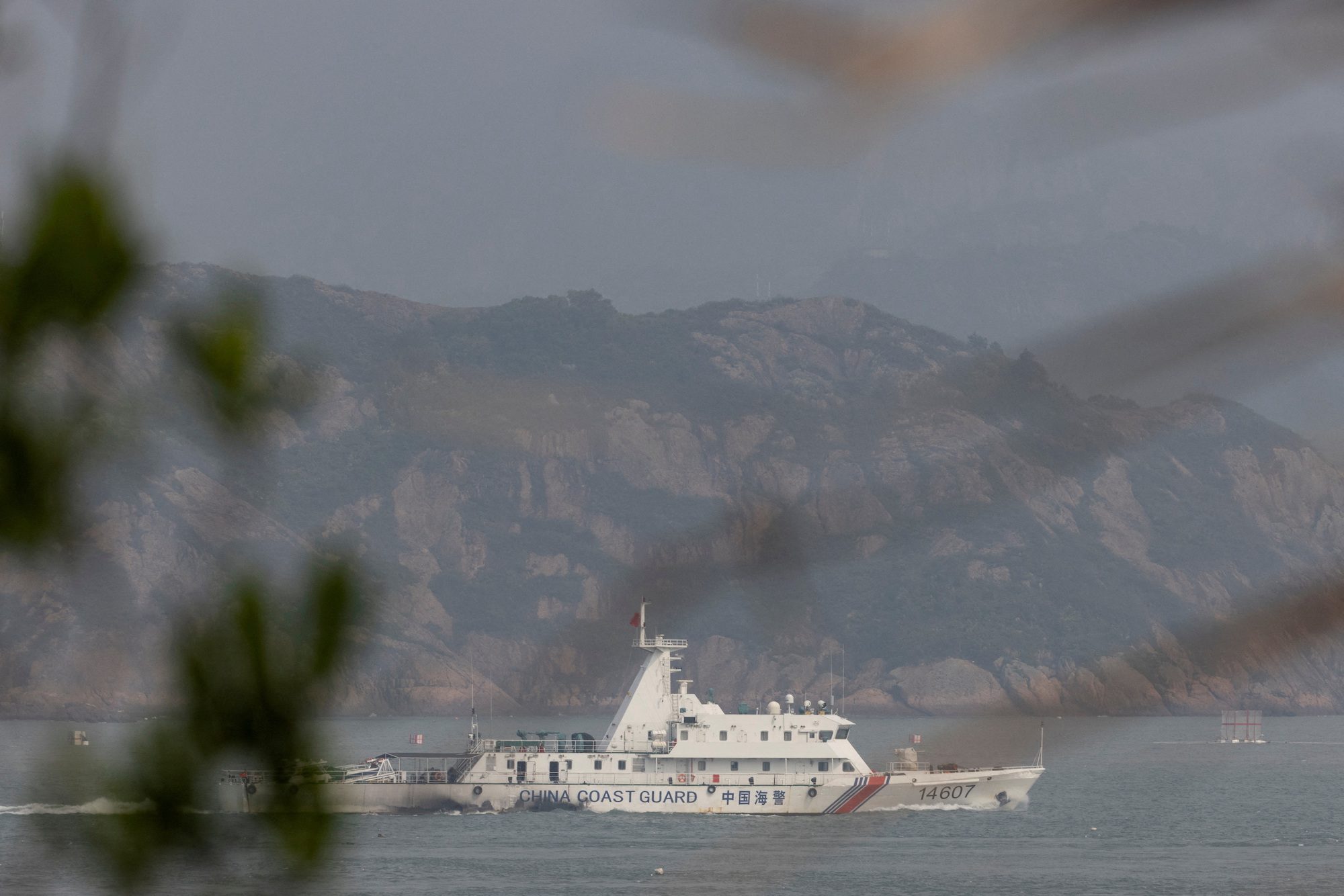An American Down Under finds Pride of Australian Navy

David Mearns, shipwreck hunter at the Maritime Museum in Fremantle talking about the finding of HMAS Sydney. Picture: Colin Murty
Today’s The Australian has an article featuring David Mearns. Here’s an excerpt:
He originally trained as a marine biologist and marine geologist, “But I didn’t want to work for an oil company,” he says.
He started his career with a deep water search and recovery company. “We did search and recovery for the US Navy, mostly aeroplanes, torpedos and cruise missiles (that) didn’t hit Bagdhad and things like that. I did that for a number of years and midway through my tenure I got a major shipwreck investigation: the Lucona.”
The Lucona was a cargo ship that sank in the Pacific Ocean in 1977 after an explosion. Mearns’s investigation found the ship had been sunk by a time bomb as part of an insurance fraud scheme by its owner, Udo Proksch, who claimed $US20 million from his insurance. “That was the first major shipwreck project I did in very deep water and it started me on shipwrecks,” Mearns says. “It’s a real specialty skill to find shipwrecks.”
HMAS Sydney in 1940. A spar projecting forward from the bridge and the single 4.0 inch (102 mm) AA guns amidships distinguished Sydney from other ships in her class.
HMAS Sidney was the pride of the Australian Fleet during WWII. Her wreck was discovered by David Mearns on March 16, 2008. Here’s the story, via Wikipedia:
On 5 November 1941 at Albany, Western Australia, Sydney began escorting the troopship Zealandia, Singapore. which was bound for Sydney and Zealandia arrived at Fremantle on 9 November. They were delayed by a labour dispute on board Zealandia, but left Fremantle on 11 November. On 17 November, Sydney handed over escort duties of Zealandia to HMS Durban at Sunda Strait, then turned around to head back to Fremantle. Sydney was scheduled to arrive back in Fremantle in the afternoon or evening of 20 November. Axis submarines and surface raiders had already been active in the Indian Ocean and Pacific, and it was expected that any Australian naval vessel on such a voyage might have to investigate reported sightings or suspicious vessels.

At about 4pm on 19 November, somewhere west of Shark Bay, Western Australia, Sydney sighted what she believed to be a merchant ship about 20 kilometres (11 nmi) away and challenged her. The other ship identified herself as the Dutch ship Straat Malakka. She was, in fact, the German merchant raiderKormoran, disguised and sailing under a false flag. According to survivors from Kormoran, the ill-prepared Sydney closed to within 1,000 metres (1,100 yd), and was surprised and overwhelmed when the crew of the heavily armed raider opened fire at nearly point-blank range with concealed artillery and torpedoes.

The 645-strong crew on board HMAS Sydney in 1941
Kormoran was also badly damaged in the ensuing battle and had to be abandoned and scuttled due to engine failure and a fire that was burning out of control.[19] Survivors from Kormoran were rescued by the ships Koolinda (31), Aquitania (26), Trocas (25) and HMAS Yandra (2), while a further 103 reached Carnarvonlifeboat.The Germans reported that by Sydney was last seen down by the bow and on fire as she disappeared over the horizon. The ship and her 645 crew members were never seen again.
The full article by Elizabeth Gosch is here.

Subscribe for Daily Maritime Insights
Sign up for gCaptain’s newsletter and never miss an update
— trusted by our 109,117 members

Get The Industry’s Go-To News
Subscribe to gCaptain Daily and stay informed with the latest global maritime and offshore news

 Join The Club
Join The Club








